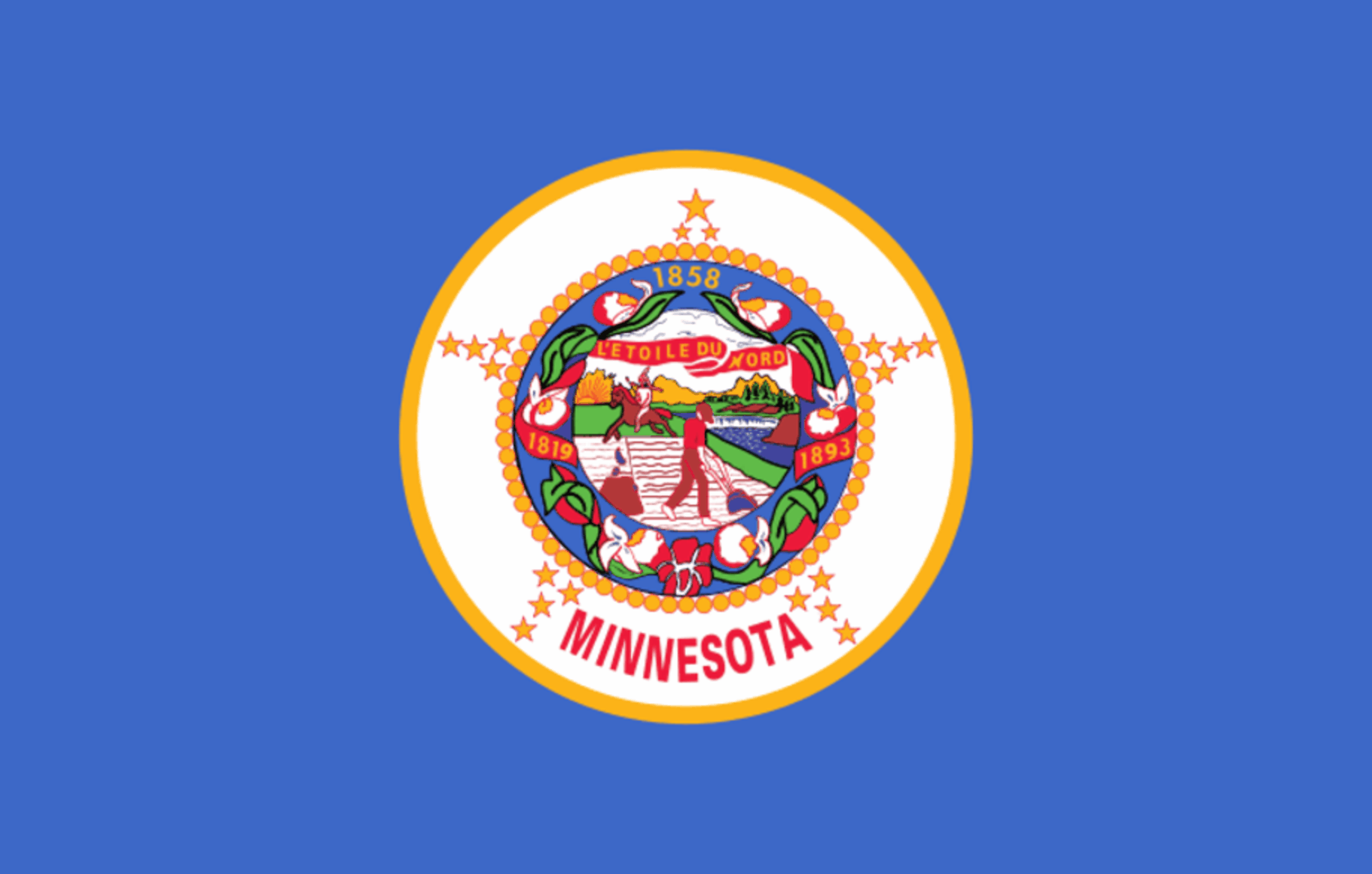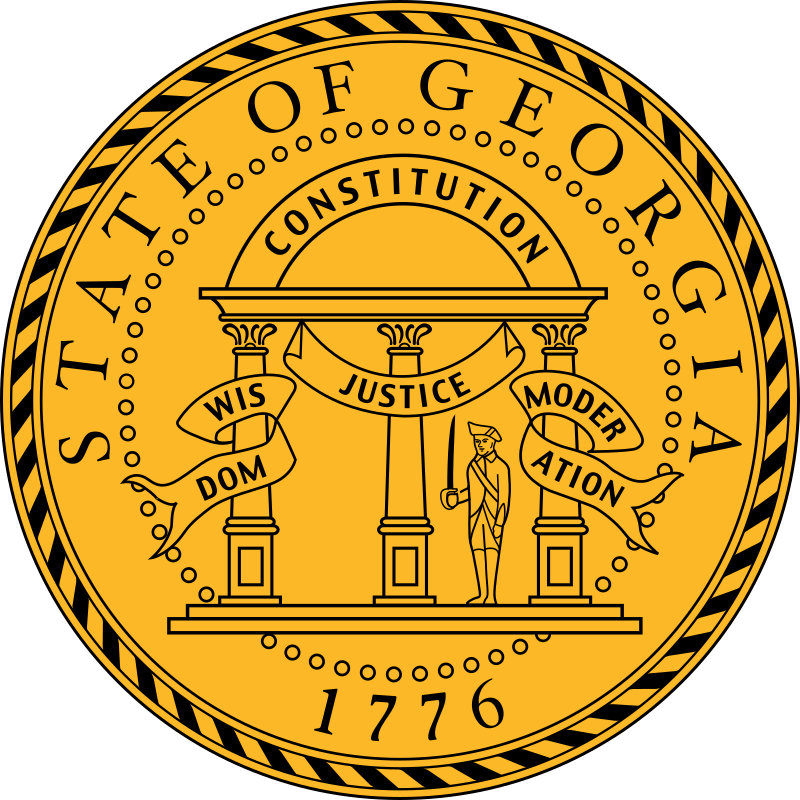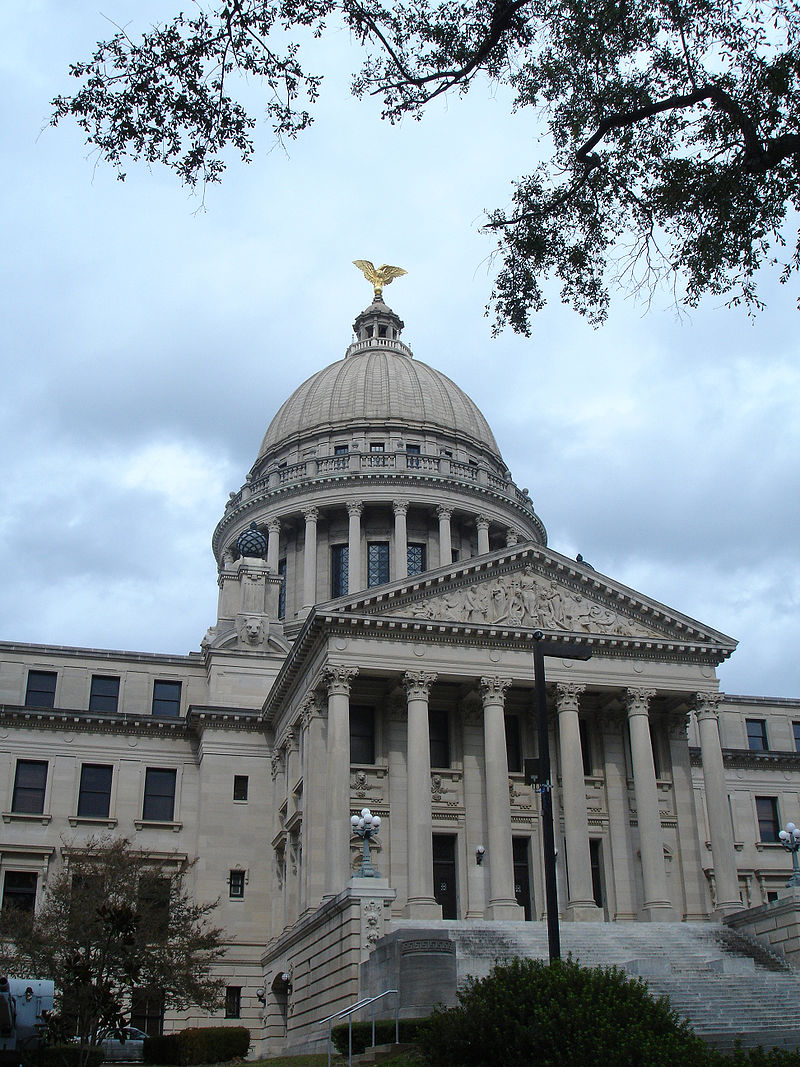Author: Dave Beaudoin
-
Ten candidates running for four seats on Rosemount-Apple Valley-Eagan school board in Minnesota on Nov. 7

Ten candidates are running in the nonpartisan general election for four of the seven at-large seats on the Rosemount-Apple Valley-Eagan school board in Dakota County, Minnesota, on Nov. 7. The district had approximately 29,245 students during the 2021-2022 school year. Three incumbents—Sachin Isaacs, Cory Johnson, and Jackie Magnuson—are running for re-election. Incumbent Joel Albright is…
-
Federal district court overturns Georgia’s congressional, legislative district maps

On Oct. 26, a federal judge with the United States District Court for the Northern District of Georgia ruled that Georgia’s congressional and legislative district boundaries violated the Voting Rights Act and enjoined the state from using them for future elections. The court directed the Georgia General Assembly to develop new maps by Dec. 8.…
-
North Carolina legislature enacts new congressional, legislative districts

On Oct. 25, the North Carolina General Assembly adopted new congressional and legislative district boundaries. The final votes for each plan were strictly along party lines, with all votes in favor by Republicans and all votes against by Democrats. The state redrew its district boundaries after North Carolina’s Supreme Court in April overturned a prior…
-
Seven candidates running for three districts on Douglas County School board in Colorado

Seven candidates are running for three districts on the Douglas County School Board in Colorado on Nov. 7, 2023. Candidates must live in the district they represent, but every voter in the school district votes in every race, as if each is an at-large election. The Douglas County School District served approximately 63,000 students as…
-
Wu, incumbent Whipple face off in Nov. 7 mayoral election in Wichita, Kansas

Lily Wu and incumbent Brandon Whipple are running in the Nov. 7 general election for mayor of Wichita, Kansas. Both advanced from a field of nine candidates in the city’s top two nonpartisan primary on Aug. 1. Although the race is officially nonpartisan, Wu—a former Republican—is a Libertarian. Whipple is a Democrat who defeated incumbent…
-
O’Connell defeats Rolli in Nashville’s mayoral election

Freddie O’Connell defeated Alice Rolli in the Sept. 14 runoff election for mayor of Nashville, Tennessee. Incumbent Mayor John Cooper (D) did not seek re-election, making him the first Nashville mayor who served a full term in office to not seek re-election since 1991. Although municipal elections in Nashville are officially nonpartisan, both candidates had…
-
Fewest number of incumbents running for this cycle’s state executive offices since 2011

The number of incumbents running in this year’s state executive elections—20—is the fewest in the past four cycles for these offices. These are the 36 executive positions that voters decide in three states—Kentucky, Louisiana, and Mississippi—in the year prior to each presidential election. The number of incumbents running for re-election for these offices has declined…
-
Florida Secretary of State says he will appeal state court decision overturning congressional district boundaries

On Sept. 4, Florida Secretary of State Cord Byrd filed notice that his office and the state legislature would appeal a Leon County Circuit Court decision overturning the state’s congressional district boundaries in North Florida to a state intermediate appellate court. Florida 2nd Circuit Court Judge J. Lee Marsh declared Florida’s current congressional map unconstitutional…
-
Federal court panel overturns Alabama’s revised congressional redistricting plan

A three-judge panel of the United States District Court for the Northern District of Alabama ruled on Sept. 5 that the revised congressional district boundaries that the Alabama legislature enacted on July 21, 2023, were not in accordance with the Voting Rights Act. The state adopted the revised congressional map after the U.S. Supreme Court…

